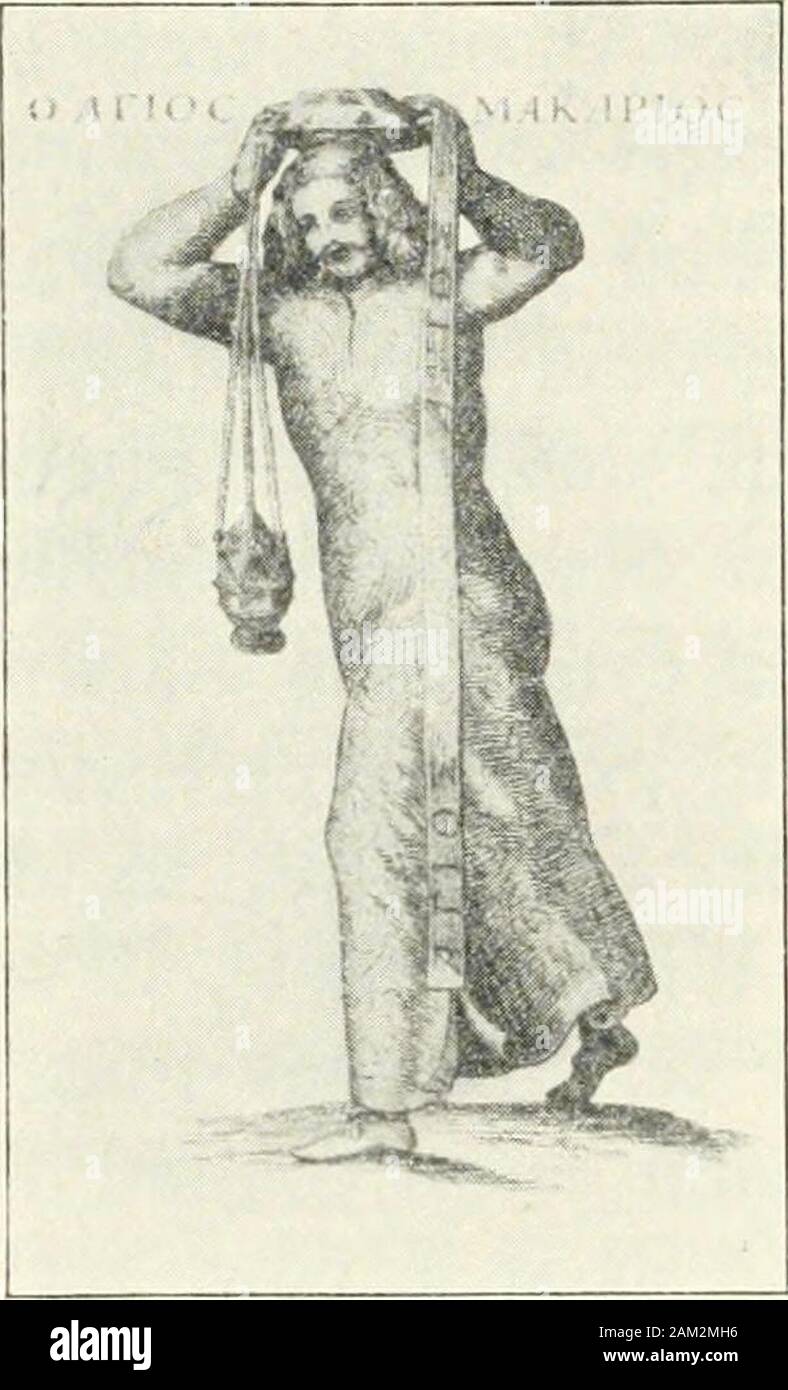The mass and vestments of the Catholic church, liturgical, doctrinal, historical and archaeological . mode of their wearing it, as dis-tinguished from deacons. When a towel, it waslinen. When a scarf, its texture was that ofwhite wool or colored silk and worn around theneck and under the chasuble, as it is now, for itwas properly a neck-cloth. The tunic of those primitive days was withoutcollar, and the dalmatic and chasuble had aper-tures too broad to afford any protection for theneck. The neck demanded care in the severecold, and the dignity of the service prescribed thatthe necks of the min

Image details
Contributor:
The Reading Room / Alamy Stock PhotoImage ID:
2AM2MH6File size:
7.1 MB (246.4 KB Compressed download)Releases:
Model - no | Property - noDo I need a release?Dimensions:
1231 x 2029 px | 20.8 x 34.4 cm | 8.2 x 13.5 inches | 150dpiMore information:
This image is a public domain image, which means either that copyright has expired in the image or the copyright holder has waived their copyright. Alamy charges you a fee for access to the high resolution copy of the image.
This image could have imperfections as it’s either historical or reportage.
The mass and vestments of the Catholic church, liturgical, doctrinal, historical and archaeological . mode of their wearing it, as dis-tinguished from deacons. When a towel, it waslinen. When a scarf, its texture was that ofwhite wool or colored silk and worn around theneck and under the chasuble, as it is now, for itwas properly a neck-cloth. The tunic of those primitive days was withoutcollar, and the dalmatic and chasuble had aper-tures too broad to afford any protection for theneck. The neck demanded care in the severecold, and the dignity of the service prescribed thatthe necks of the ministers be covered. As theneck scarf was in vogue at the end of the Em-pire, priests and bishops took the model and usageof the Orarium or stole from it. When thedeacons Orarium had become a mere ornamentalscarf it differed from that of the priest only in themethod of its wearing. For example, bishopswore it over the chasuble, priests under thechasuble, and deacons over the left shoulder, hanging straight down at front and back, and notcrossed under the right arm as now. 458 The Mass and Vestments. GREEK DEACON What looks like thecontemporary heir ofthis ancient scarf as touse and material is thatdistinctly Papal vest-ment called the Ovaleor Fanon from Jano(banner) worn only bya Pope when solemnlycelebrating. This Fanonis an oblong piece ofwhite silk gauze aboutone yard long with trans-verse stripes of gold, blueand red. It is castupon the head of the Pope like a hood, and itstwo ends crossed and carried to the right and leftshoulders, and there retained until the Chasubleis assumed, when the Fanon is thrown back andadjusted to the neck and shoulders of the vest-ment like a tippet. As, however, it is also the name used for thelappet of a mitre, and is an old form of amice, andalso the title of the linen cloth for handling theholy vessels and the Offertory bread, its origin isdifficult to trace. What is the History of the Ovarium in itsCivic Relations? Originally, the word is conn